5 Key Exercises to Maintain Strength and Fitness in an Aging Body
5 essential exercises designed to preserve strength and fitness as you age, helping maintain vitality and well-being for a healthier, active lifestyle.

Remaining active is crucial for maintaining health as we age. Physical activity can enhance balance, endurance, flexibility, and strength, which reduces the risk of falls and supports an independent lifestyle. From brisk walking to gentle resistance training, specific exercises cater to the needs of an aging body. This guide offers a structured approach to incorporating these activities into your weekly routine. By engaging in these exercises, you can pave the path to a fitter, stronger, and more energetic you.
Introduction
As we grow older, the importance of physical activity cannot be overstated. Regular exercise not only enhances our physical well-being but also contributes significantly to mental health and overall quality of life. Adopting a routine that includes various types of exercises, targeting different aspects of fitness, is essential for an aging body.
Exercise 1: Walking for Endurance
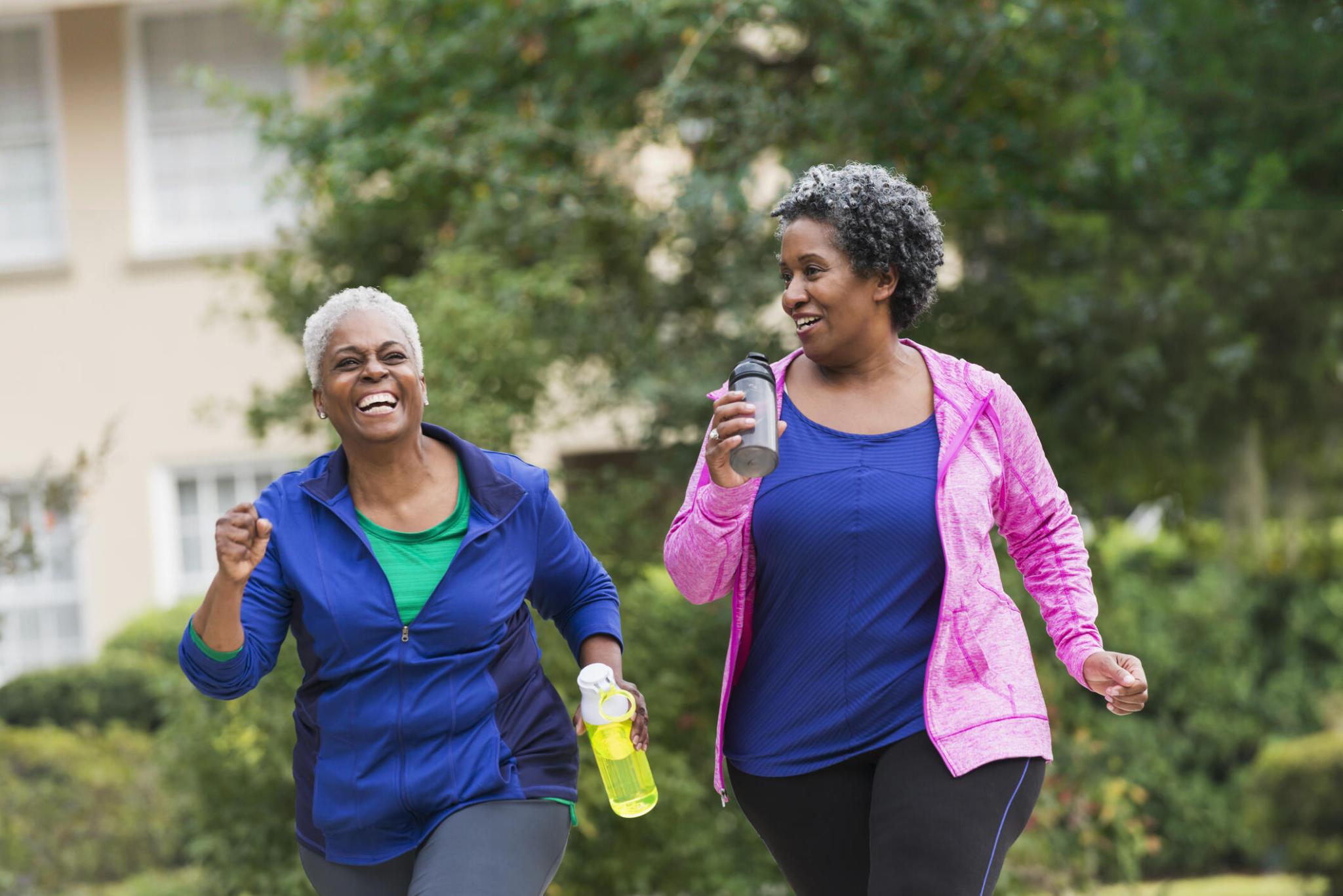
Why It’s Important
Walking is a low-impact activity that improves cardiovascular health, strengthens bones, and enhances endurance. It is accessible to almost everyone and can be easily integrated into daily life.
How to Walk for Endurance
Step 1: Prepare for Your Walk
Choose supportive, comfortable footwear suitable for walking. Dress in layers to accommodate changing weather conditions and stay hydrated.
Step 2: Begin With a Warm-Up
Spend the first 5 minutes of your walk at a moderate pace to warm up your muscles and prepare your body for exercise.
Step 3: Increase Your Intensity
After your warm-up, increase your speed to a brisk pace. Aim to walk at a pace where you can still talk but singing would be challenging. Walk for 20-30 minutes at this pace.
Step 4: Cool Down
End your walk with a 5-minute cool-down. Gradually decrease your speed as you walk, and take the last few minutes at a slower pace.
Step 5: Keep It Consistent
Walk at least 3-5 times per week, gradually increasing the duration and speed as your endurance improves.
Exercise 2: Chair Yoga
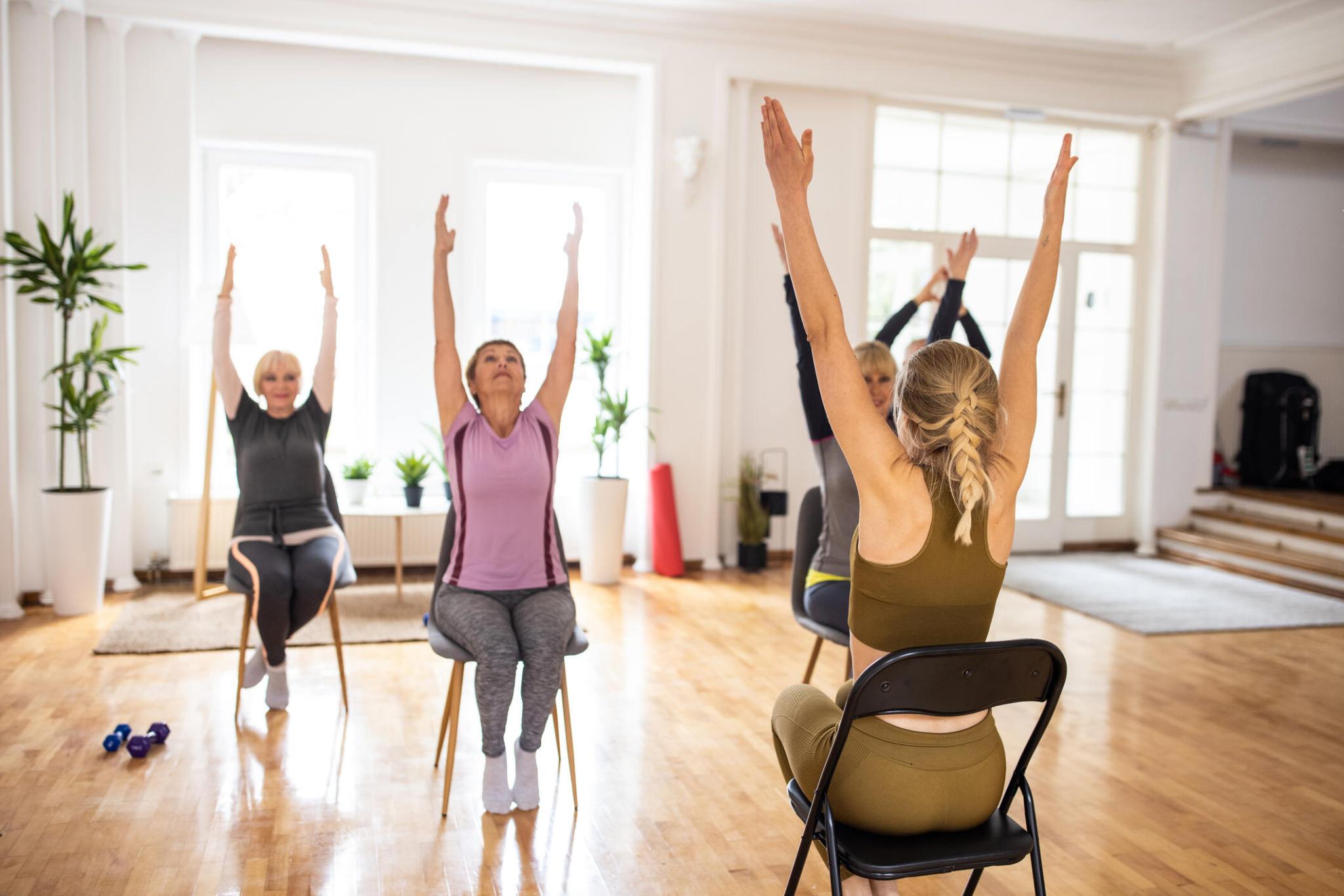
Why It’s Important
Yoga enhances flexibility, improves balance, and can alleviate aches and pains. Chair yoga is a modified form of yoga that is gentle and can be performed by individuals with mobility issues.
How to Practice Chair Yoga
Step 1: Getting Started
Sit tall in a sturdy chair with your feet flat on the ground. Place your hands on your knees or thighs.
Step 2: Perform Gentle Stretches
Start with gentle neck stretches, moving your head from side to side and forward and back. Perform seated twists, using the back of the chair for support if needed.
Step 3: Stretch Your Upper Body
Raise your arms overhead, interlacing your fingers and turning your palms upward. Inhale deeply and stretch up, exhaling as you release the stretch.
Step 4: Relaxation
Spend a few minutes at the end of your routine in a relaxed posture, breathing deeply and focusing on the present moment.
Step 5: Daily Practice
Engage in chair yoga daily, gradually increasing the duration and complexity of the poses as your comfort and flexibility allow.
Exercise 3: Resistance Training with Bands
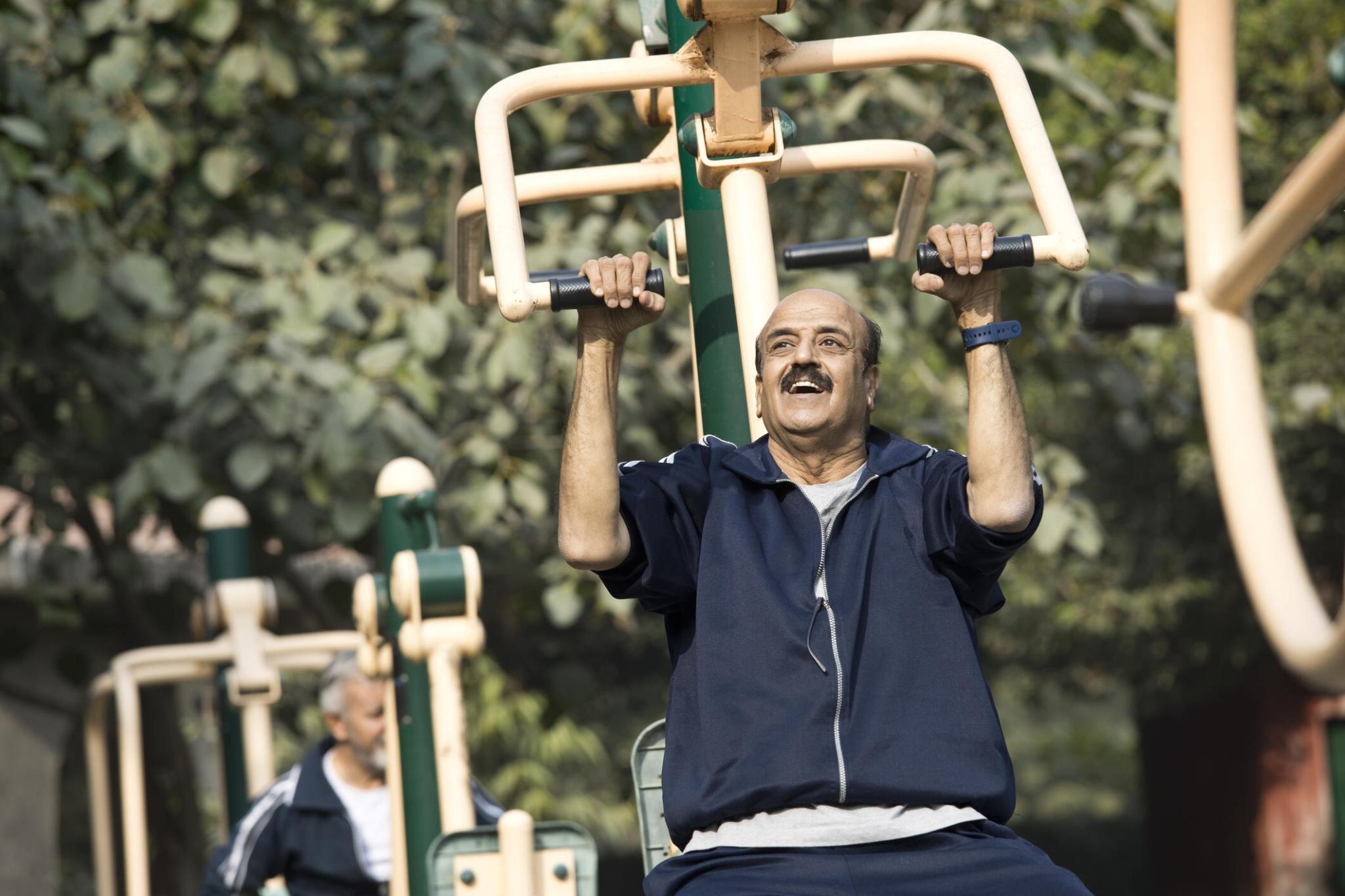
Why It’s Important
Resistance training improves muscle strength, which is crucial for maintaining independence and preventing falls. Resistance bands are a convenient and affordable tool for at-home workouts.
How to Start With Resistance Bands
Step 1: Set Up
Secure the resistance band under your feet or around a stable object at waist height.
Step 2: Begin With the Basics
Start with simple exercises, such as bicep curls and shoulder presses. Perform 2-3 sets of 10-15 repetitions with a comfortable resistance level.
Step 3: Focus on Form
Concentrate on maintaining proper form throughout each exercise. Move slowly and with control to maximize the benefits and prevent injury.
Step 4: Gradually Increase Intensity
As exercises become easier, choose a band with greater resistance or increase the number of sets and repetitions.
Step 5: Consistency Is Key
Incorporate resistance band training into your routine 2-3 times per week on non-consecutive days to allow your muscles to recover.
Exercise 4: Water Aerobics
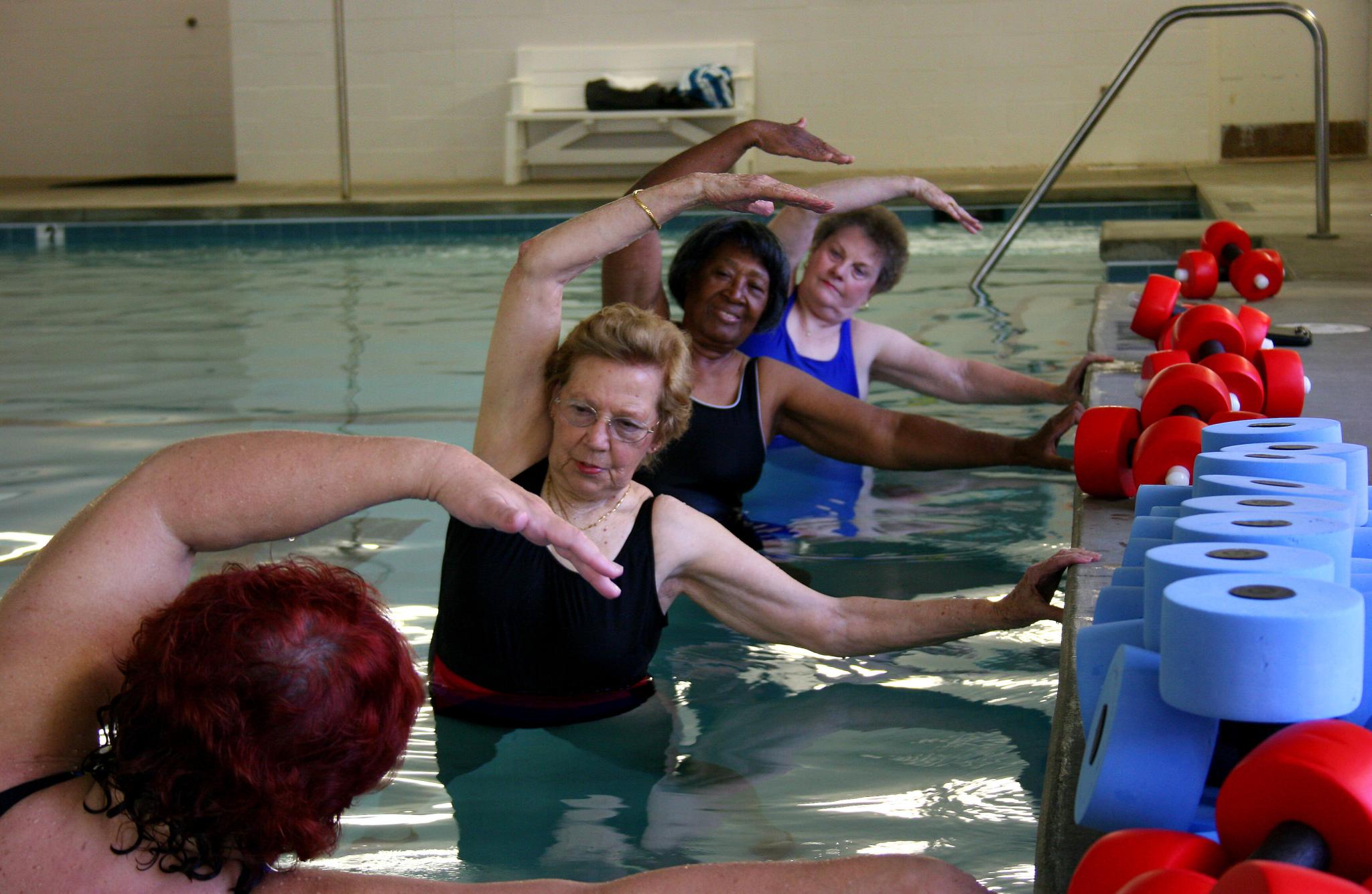
Why It’s Important
Water aerobics offer a full-body workout with reduced impact on joints. The buoyancy of water supports the body, making it an ideal exercise for seniors and those with arthritis.
How to Do Water Aerobics
Step 1: Find a Class or Pool
Look for a local water aerobics class or a pool with shallow water where you can work out.
Step 2: Begin With a Warm-Up
Walk or jog in place in the water for 5-10 minutes to warm up your muscles.
Step 3: Perform Aerobic Exercises
Engage in exercises like leg lifts, arm circles, and jumping jacks, adjusting the intensity to your fitness level.
Step 4: Cool Down
After your workout, perform a 5-10 minute cool down with gentle stretches in the water.
Step 5: Be Regular
Aim to do water aerobics at least 2-3 times a week for 30 minutes per session to experience the full benefits.
Exercise 5: Balance Exercises
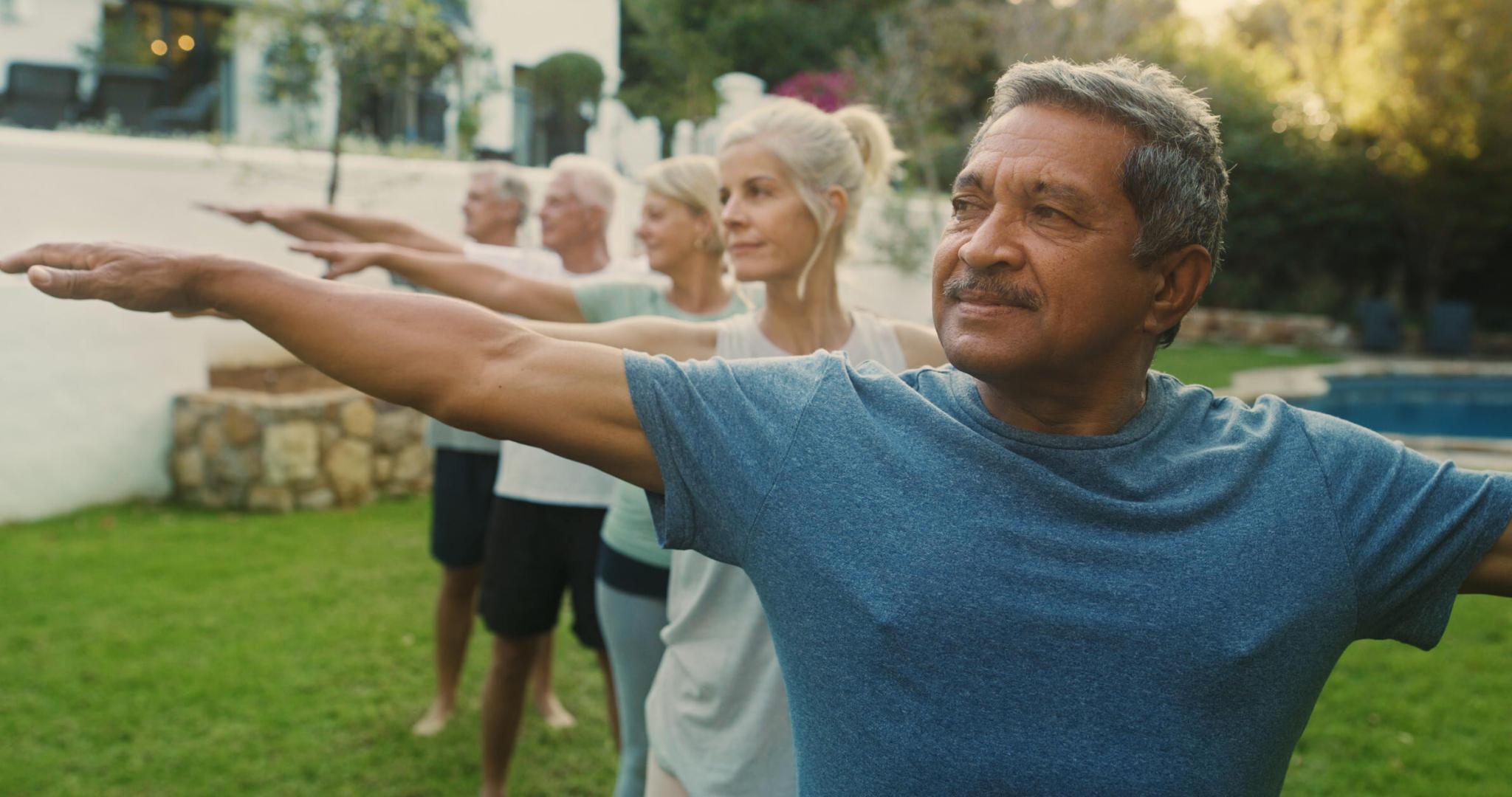
Why It’s Important
Improving balance can reduce the risk of falls, which is a common concern for seniors. Balance exercises also help to maintain coordination and agility.
How to Perform Balance Exercises
Step 1: Preparation
Stand near a sturdy object like a chair or countertop that you can hold onto for support, if needed.
Step 2: Practice Standing on One Foot
Lift one foot off the ground and balance for 30 seconds, then switch to the other foot. Use the support as needed.
Step 3: Heel-to-Toe Walking
Take small steps with the heel of one foot touching the toes of the other foot. Walk in a straight line, focusing on balance.
Step 4: Incorporate Additional Exercises
Try Tai Chi or other types of balance-focused exercises that involve shifting your weight and maintaining stability.
Step 5: Be Persistent
Do these exercises daily, gradually increasing the difficulty as your balance improves. Remember, consistency is key to reaping the rewards.
Conclusion
Staying active is a gift you can give to your future self. By participating in a balanced exercise routine that includes walking, chair yoga, resistance training with bands, water aerobics, and balance-enhancing exercises, you'll be on the right path to maintaining a strong and resilient body as you age. Remember, it's not about reaching a certain level of fitness; it's about the progress you make and the improvements you experience in both body and mind. Keep moving, stay consistent, and enjoy the benefits of an active lifestyle.
Frequently asked questions
How can I prevent muscle loss as I age?
To prevent muscle loss as you age, incorporate resistance training exercises into your routine, such as weightlifting, bodyweight exercises, or resistance band exercises. Additionally, consume a diet rich in protein to support muscle growth and maintenance.
What are some low-impact exercises suitable for older adults?
Low-impact exercises suitable for older adults include water aerobics, Pilates, yoga, tai chi, walking, swimming, cycling, and weight training. These exercises help improve strength, flexibility, and balance while minimizing the risk of injury.
How can I improve my balance and coordination as I age?
To improve balance and coordination, engage in exercises that challenge your stability, such as single-leg stands, heel-to-toe walks, and tai chi. Additionally, incorporate activities that require hand-eye coordination, like juggling or catching a ball.
How can I improve my endurance and stamina as I age?
Regular aerobic exercise, such as brisk walking, swimming, or cycling, can help improve endurance and stamina. Gradually increase the duration and intensity of your workouts to build up your endurance over time.
What are some exercises that can help with chronic conditions like arthritis and osteoporosis?
Exercises that can help with chronic conditions like arthritis and osteoporosis include flexibility exercises like yoga and tai chi, strengthening exercises like weightlifting, and endurance exercises like swimming and cycling. These exercises can help reduce pain, improve mobility, and maintain bone density.
